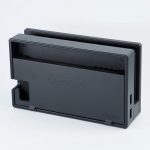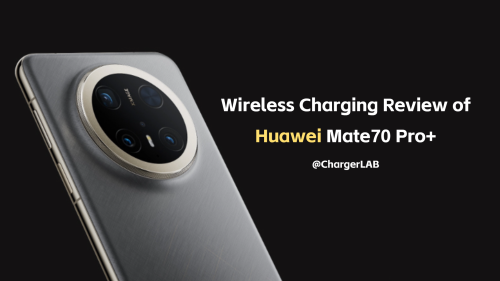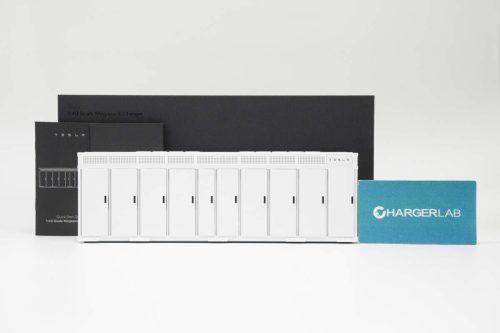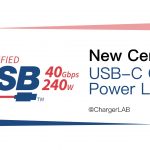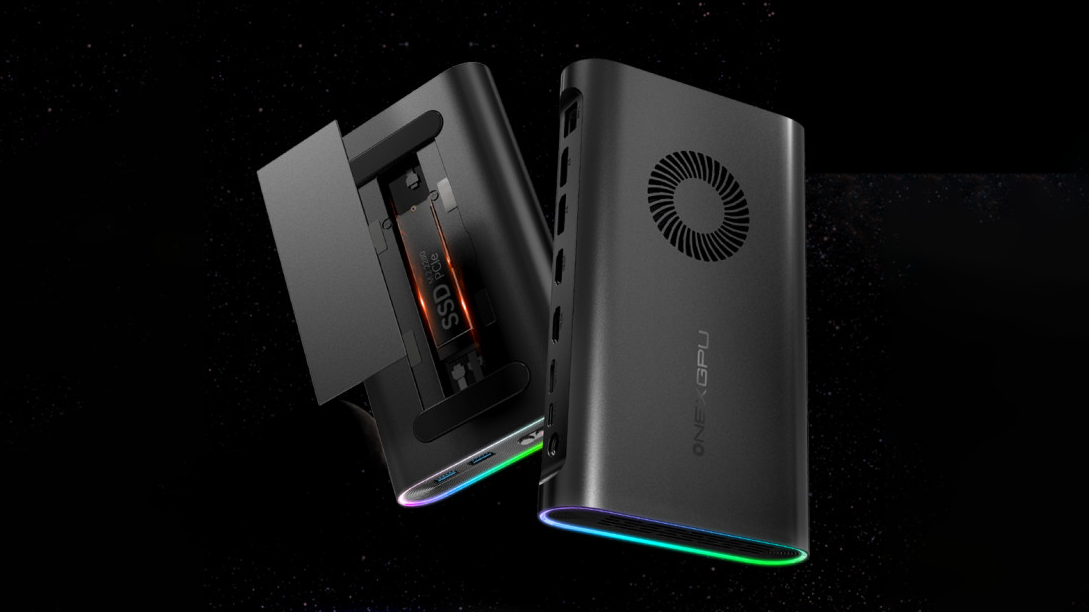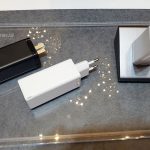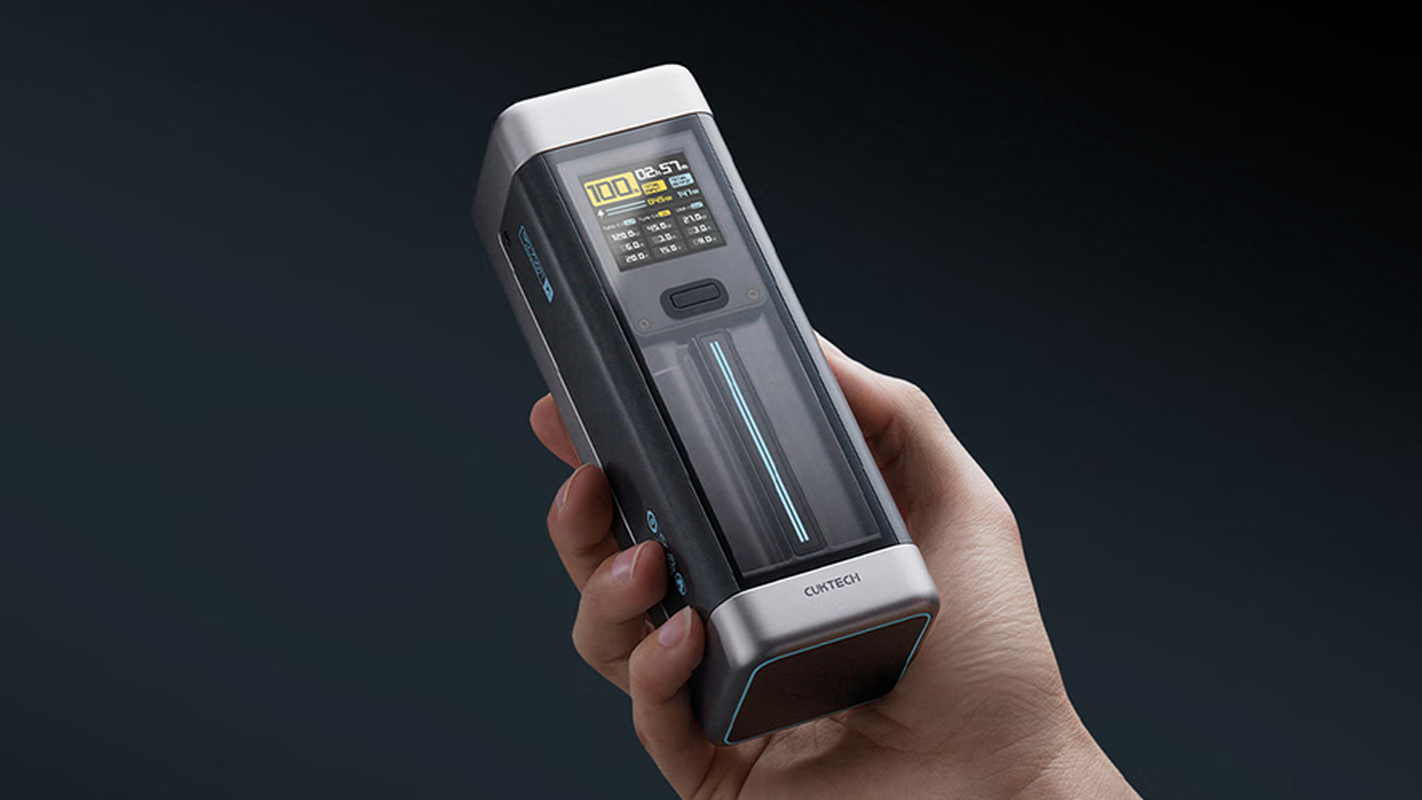Recently, Redditor "VECTORDRIVER" dived deep into the Nintendo Switch bricking situation. The following were his findings.
I Third-party dock-related bricking
It appears that the Switch uses an M92T36 Power Delivery chip - and that's the part that most frequently burns out after use of third-party charging equipment.

Though the exact data-sheet of the M92T36 isn’t available publicly, the M92T30 made by ROHM and seem to only differ only by operating voltage. In the specs, the absolute max voltage rating for the Configuration Channel (CC) pin to be 6 volts. This means voltage traveling through the CC at more than 6 volts can and will fry the M92T36 chip.

While a wide variety of third-party chargers and cables have been linked to Switch bricking, the most common complaints seem to center on a third-party dock made by Nyko. Like many cheap USB-C chargers, the Nyko dock does not actually have a dedicated PD controller; it instead implements the PD protocol using a general-purpose microcontroller - and that microcontroller was sending 9V to the Switch over the CC pin, exceeding the absolute maximum voltage rating by 50%, and killed the M92T36 inside the Switch.
To make things worse, Nintendo wanted the Switch to slide very smoothly in and out of its dock—but the USB-C mechanical design spec doesn't allow for that. So Nintendo's own dock for the Switch is very slightly narrower than the USB-C standard in order to provide the desired smooth slide instead of the usual snug click.
Third parties want to emulate that mechanical feel as closely as possible, but there's no published standard—they basically just take a stab at it and hope for the best. Given that the standard already has pins spaced only 0.5mm apart, even a slight design or manufacturing defect is likely to cause a port to fail.
If the port fails open—meaning pins just don't make electrical contact—there's usually no real harm done. But if they fail short—meaning pins are bridged electrically to pins they have no business connecting to—you may easily overvolt a pin. Remember that 6V absolute maximum rating on the Configuration Channel of the Switch's USB-C PD chip? Well, according to USB-C standard, the CC pin only 0.5mm away from the VBus (main power line) pin, which carries 15V.
So, manufacturers, lessons learned. Don't play with the USB-C standard. Seriously.
II Non-dock related bricking
You may brick your Switch if you use USB-C to USB-A adapter cables. There are two variants of the cable; one with a 10K ohm resistor, and one with a 56K ohm resistor. This isn't directly dangerous to the Switch itself, but using a 10K ohm cable with a low-powered USB-A charger may overload it, damaging the charger—and a damaged charger could produce unexpected voltage on an output pin, which might in turn damage the Switch as well.
Via: arstechnica
Source: reddit

